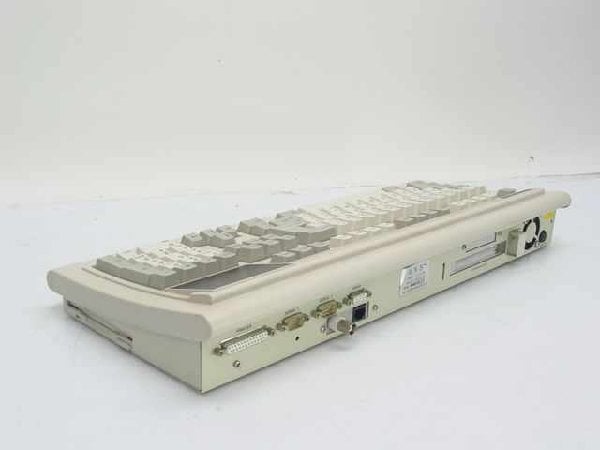Tell me about it. I think most major software packages reached maturity a long time ago. My father, also an architect, has also stuck with AutoCAD 2000, and was using it on an 850MHz P3 running Win2k until a week ago when he succumbed to the urge to buy a new Dell XPS. He's sticking with AutoCAD 2000, though, which seems to run ok on Vista.
Other software that stopped improving a long time ago?
Microsoft Word - probably no worthwhile improvements since 1995, when they added long filenames. You knew in Word 97, with the debut of the talking paperclip, that they had run out of ideas

Windows - 2000 was the last worthwhile upgrade for most users, adding USB and FireWire support along with DirectX and Plug and Play. XP was the same product with a dumbed-down interface and more bloat. Vista is an order of magnitude worse, and they've altered the interface so drastically that it's now a completely un-intuitive hodgepodge. I think Microsoft has become their own worst enemy, and the best reason to switch to a Mac.
America Online - oops, sorry, this was never worth using!
Photoshop - 4.01. Sure, there are some added features in later releases, but Adobe always seems to add more overhead than features. 4.01 is stable, fast, and compatible with every major file format in use today. Not bad for a 12 year old program.
One general peculiarity of software - the bloat always seems to increase exponentially, while the features only increase linearly.







